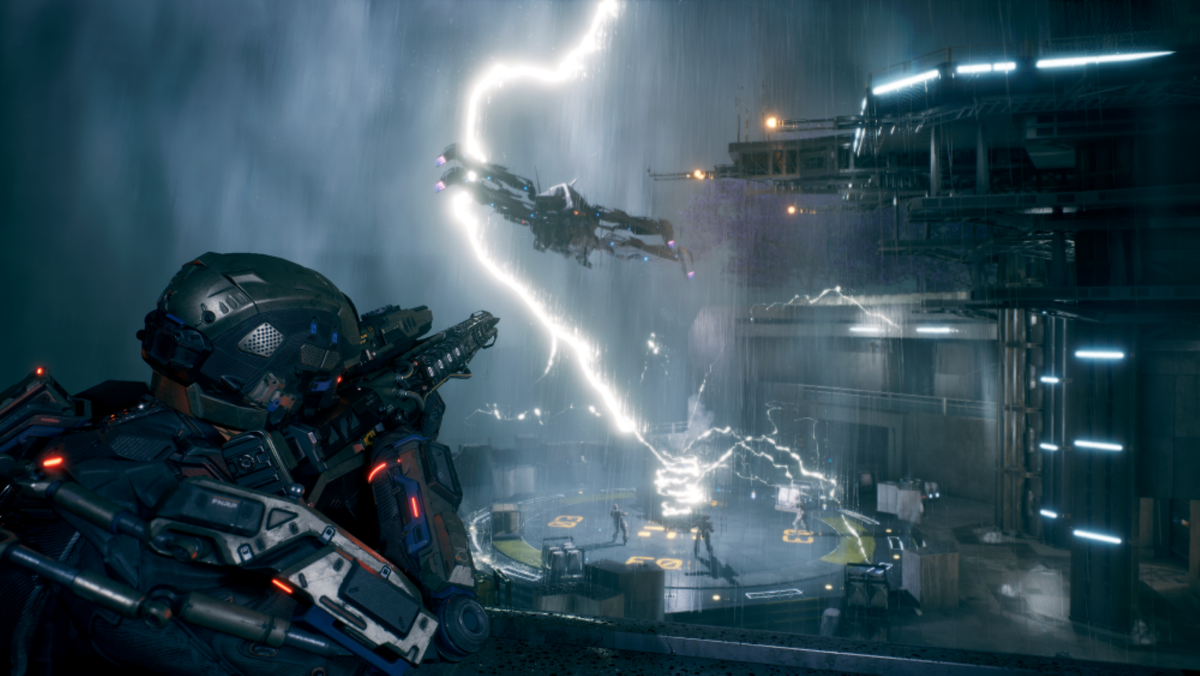
I really like an action-packed story-focused first-person-shooter. What I like even more is one set in the future. La Quimera is exactly that: a bombastic, self-serious FPS set in an advanced dystopian world. On paper, this game is perfect for me. In practice, it’s far from it. La Quimera is infested with bugs, features weird direction and voice acting, and, above all else, feels extremely unfinished. Though this is only early access, it’s clear that this one is far from ready for a full release.
La Quimera is the first title from the newly formed Reburn Studios, formerly known as 4A Games Ukraine, one of the studios that worked on the Metro series. Based in Ukraine, Reburn’s mission is similar to that of 4A Games: create visually distinct, story-based first-person shooters that emphasize action and a sense of wonder. La Quimera was originally slated for full release on April 25th, 2025, before being delayed and subsequently released into early access on May 7th.
Set in a post-apocalyptic South American city, Nuevo Caracas, the game takes place far in the future where airships and flying cars dominate the sky, robots are everywhere, and private armies use exosuits to keep the peace. There’s no denying that the setting of La Quimera isn’t novel; I appreciate when South American culture is highlighted in the media, as it’s a part of the world often overlooked by pop culture in the West. However, beyond this, it does little to set itself apart from the worlds of Killzone, Crysis, and CoD: Advanced Warfare. Yes, the Latin influence gives this shooter some stylistic flavor, but it never really leans into it the way the Metro games did.
The story of La Quimera centers around a private military corporation struggling to secure contracts in a shoot-first-think-later megacity. A new business opportunity arises for the PMC after a routine mission goes sideways, taking you, a recruit, and your team on an adventure from the penthouses of the rich to the under cities of the poor. At least, that’s what I gathered from the four missions currently available. The slice of the game that is available in early access is only about half of what is intended for the full release. It took me just over three hours to complete all four missions, which is demo-level short for a title at this price point.
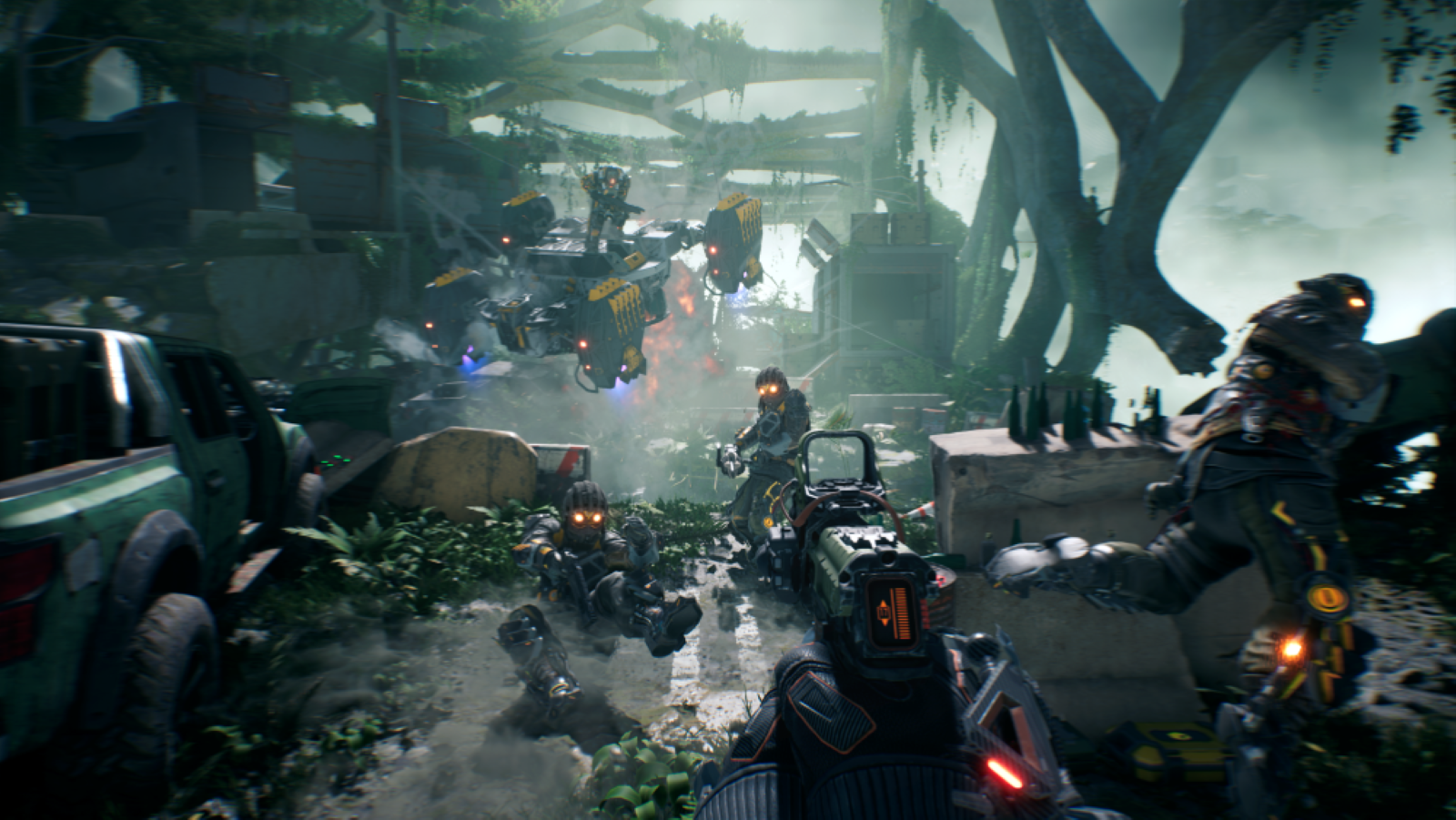
La Quimera’s narrative ranges from predictable to downright nonsensical over the course of its short runtime. Plotlines begin and end without anything really connecting them, all while things just sort of happen. At no point are the major plot points delved into or discussed; topics of slave labor, human experimentation, guns-for-hire, and organized crime all breezed past without even a second of contemplation. The whole story is so surface-level that if it weren’t for all the cursing and gore, it almost feels like it is meant for kids.
The strangely large cast of characters are all stereotypical archetypes of more interesting characters in similar games, without a single one standing out or delivering a memorable performance. For a game trying to pay homage to Latin culture, all the voice acting sounds imitative, with inconsistent accents and meaningless Spanish quips scattered throughout cutscenes to remind you that you’re in South America. Also, the player character is voiced, but he only has around a dozen lines of dialogue. All of his lines boil down to internal monologues recapping things that happened seconds before, so I struggle to see why Reburn even bothered. Additionally, the direction of this game is downright awful. The camera never stays still during cutscenes, constantly zooming in uncomfortably close and sometimes losing the frame entirely. Characters regularly make uncanny movements and have bad lip syncing, amplifying the poor presentation of the cutscenes.
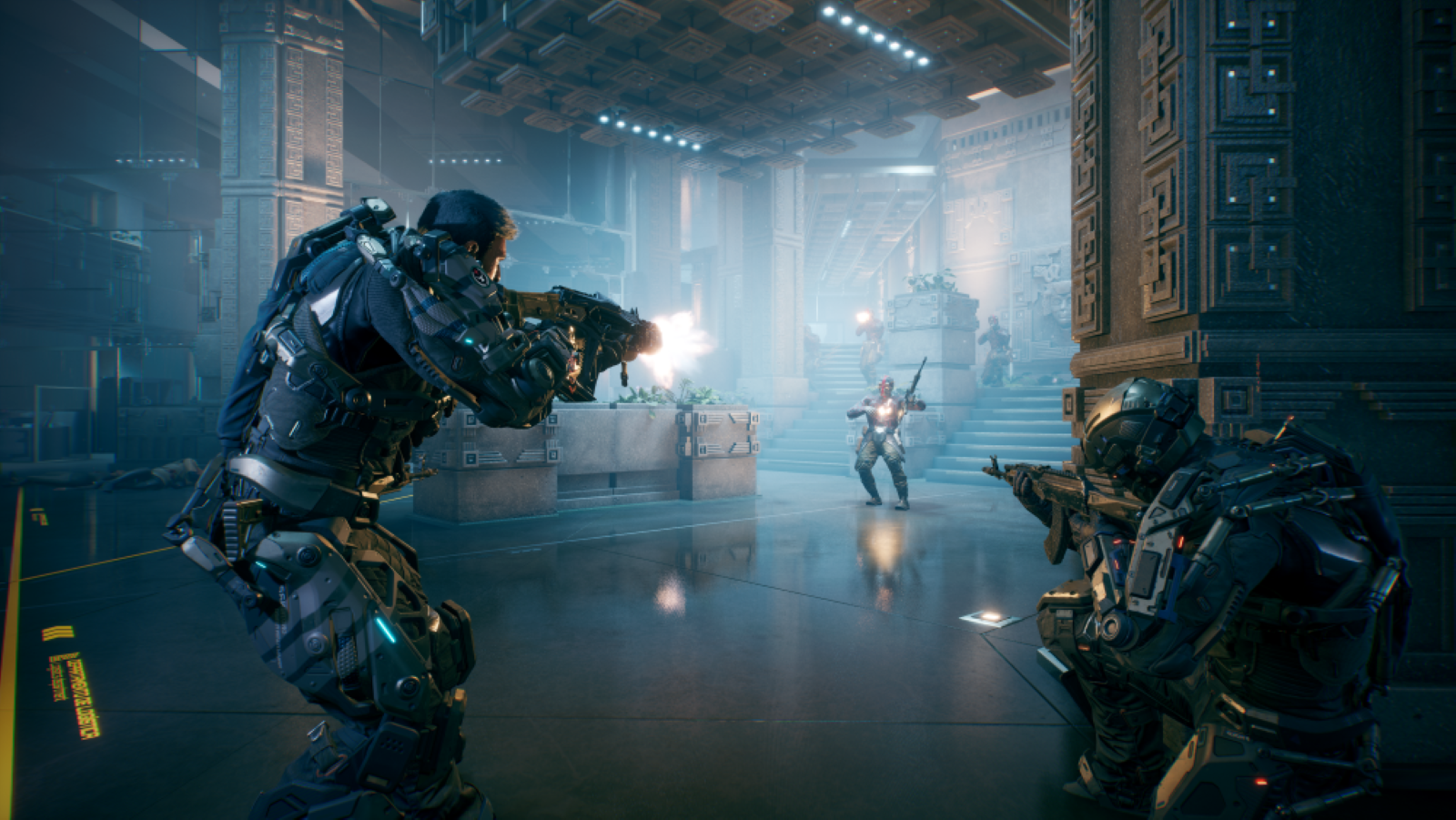
As you can probably tell, La Quimera’s strong suit cannot be found in its narrative, characters, or voice acting. Where this game does excel is in its gameplay. More specifically, the gunplay. Though the arsenal of weapons was small (there are only around eight guns at the moment), each one carves out a niche. The automatic rifles vary in design and use case, with one serving as a pseudo long-range option and all-rounder, another serving as a CQC powerhouse, and the third being most effective against robotic, energy-based enemies. With the remaining handful of weapons, I had a good time gunning down rival mercenaries and robots alike. I hope there are a few more guns introduced in the final release, like perhaps a sniper rifle, DMR, LMG, or launcher of some sort, as I feel they would fit right into La Quimera’s sandbox.
I also hope there’s a little more to do besides just shooting. Some light platforming or a puzzle or two would really help to spice up the formula, since at the moment La Quimera is kind of a corridor-crawl. I understand that this is typical of story-driven FPS games, but it definitely does not help it from feeling like an early 2010s shooter, and not in an endearing way. Advanced-Warfare-like exosuits are introduced early on in the story, but never capitalized on. Their introduction doesn’t open up any meaningful gameplay systems and instead serves as a plot device to move the story forward. I like that they’re woven into the story, but I would really like it if they helped to spice up the gameplay a bit.
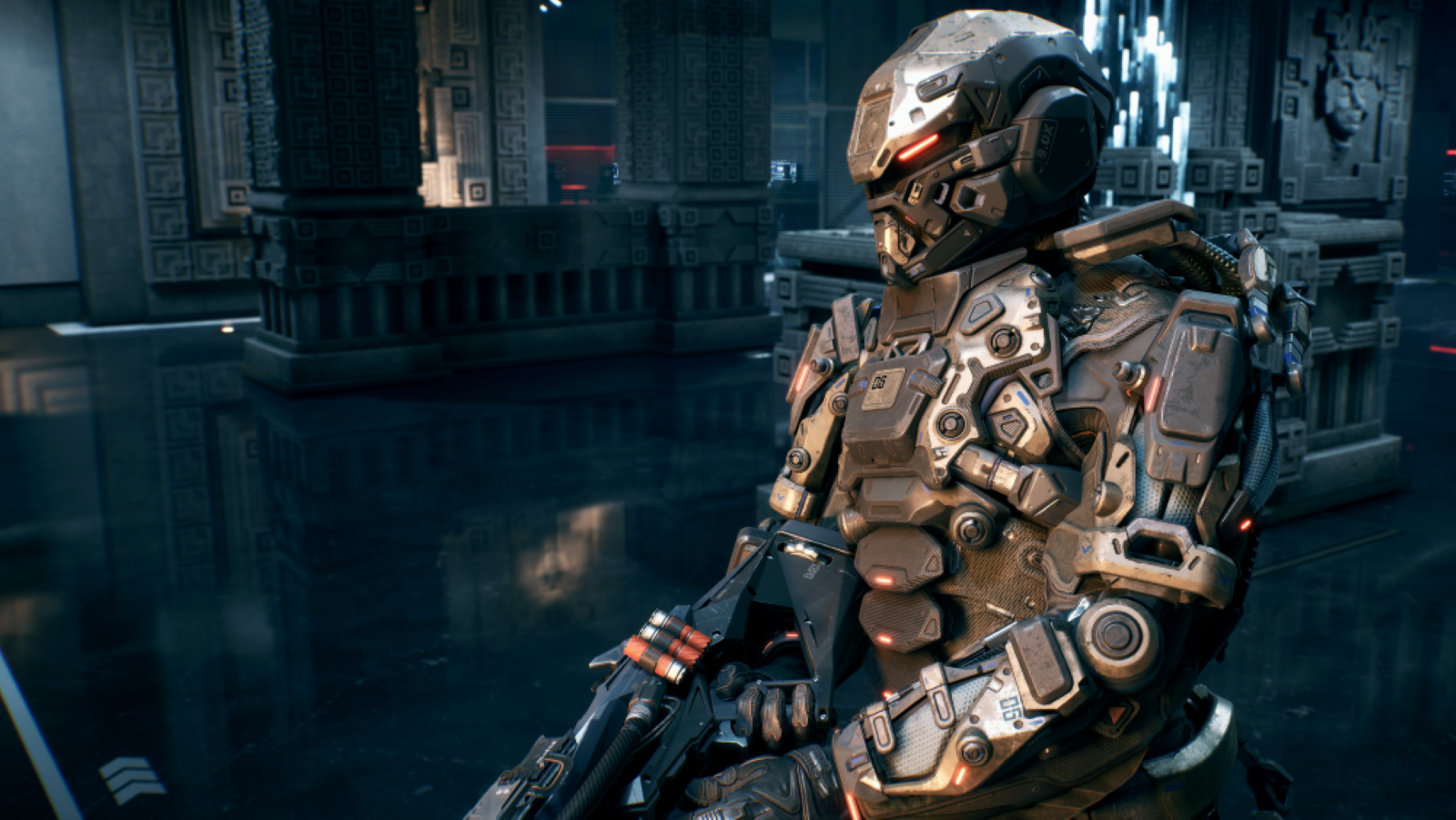
Enemy variety is limited but sufficient, using range and flank routes to try to get the upper hand in a firefight. There are a lot of bugs that arise in combat areas, though, like enemies getting stuck in geometry or teleporting around. I also found enemy health to be inconsistent, with identical enemy types taking varying amounts of damage before being defeated. However, I can safely say I died a few times during my playthrough, which is a good thing, showing that the game is not a fully on-rails walk in the park.
The presentation and sound design are impressive, with the exception of the voice acting. I thought guns sounded great, and the environments where the shooting occurs are consistently a sight to behold. The game is very pretty, undoubtedly pushing Unreal Engine 4 to its limits.
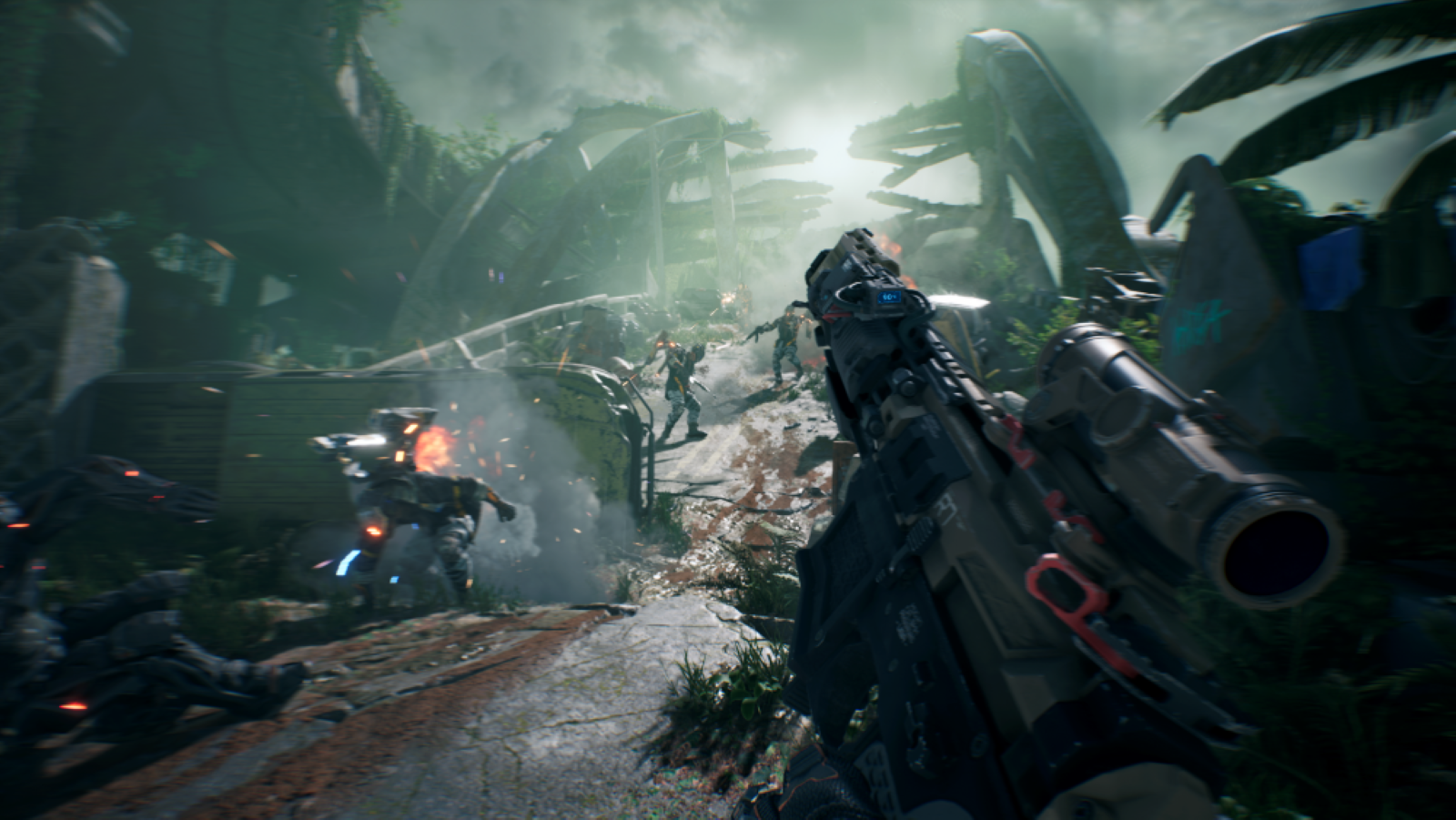
Performance-wise, La Quimera ran smoothly on my RTX 4060 laptop. I only had a few frame drops in my short time with the game, usually while looking at far-off vistas or during heavy action sequences. I did experience one crash, which was frustrating as mission checkpoints are few and far between, sometimes setting you back 10-15 minutes when closing out of the game unexpectedly.
I respect what Reburn is setting out to do with La Quimera. Linear, story-focused shooters are few and far between these days, which is a shame. Unfortunately, La Quimera is a long way from being release-ready. Though I want to see more FPS games like this one, I’m not sure La Quimera is what I had in mind.
